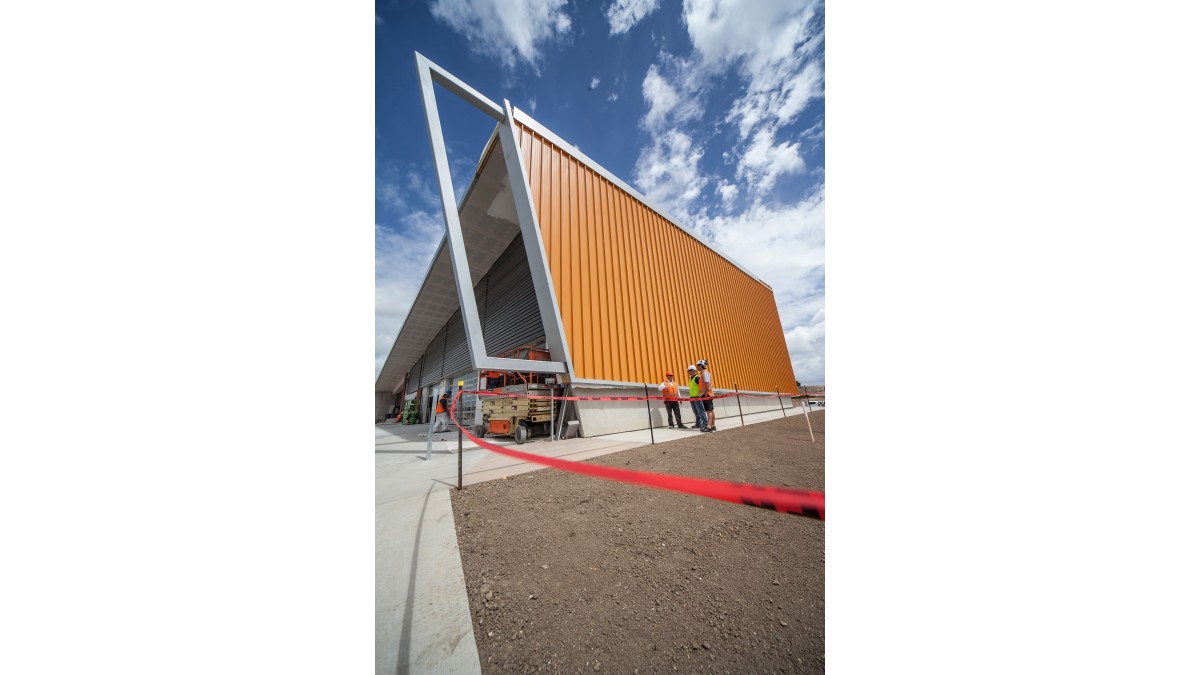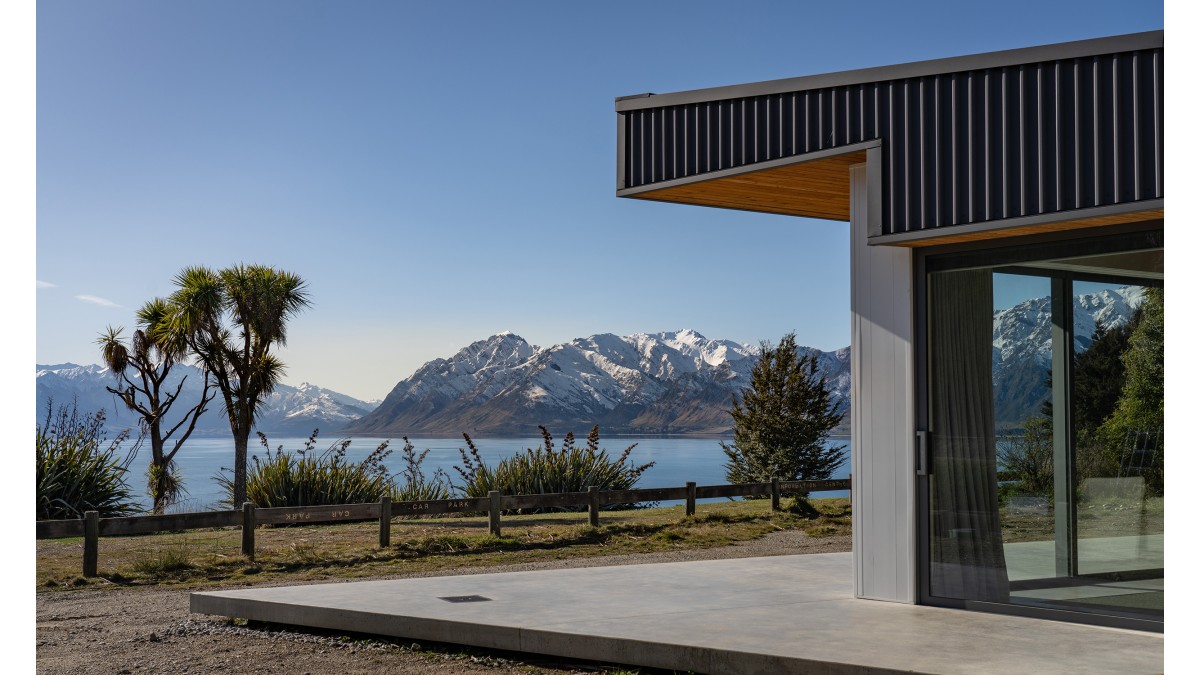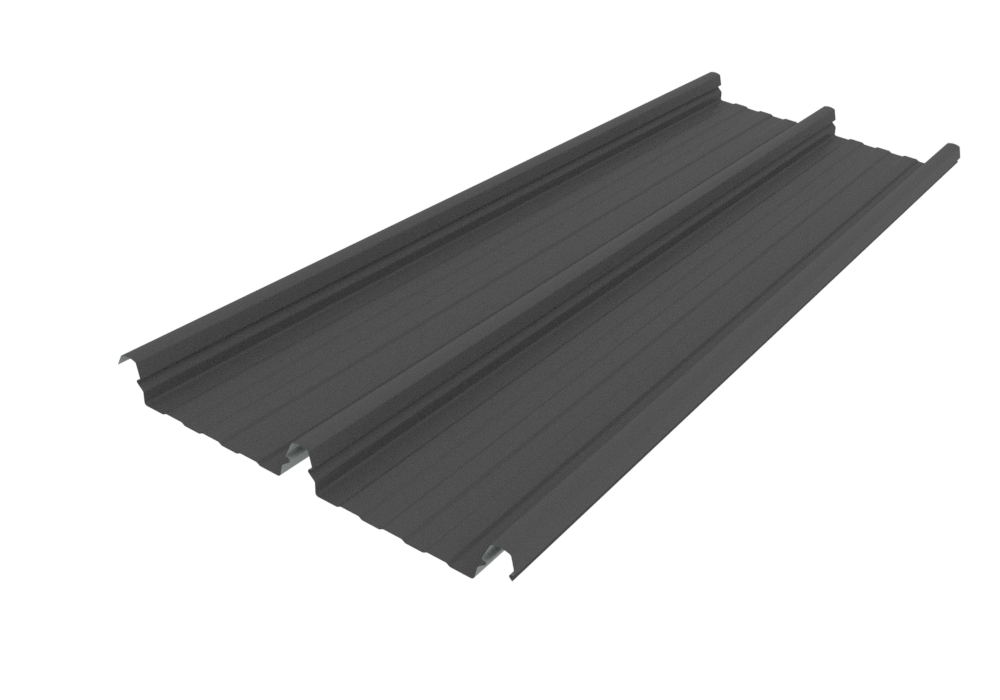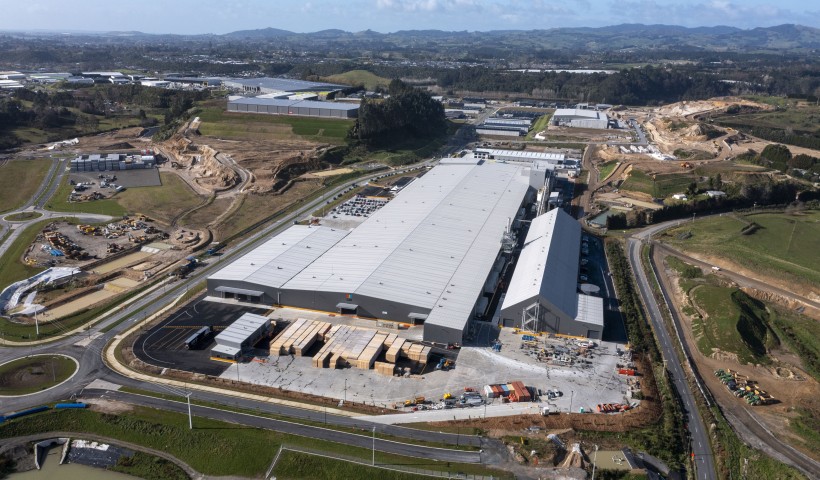
As Yves St Laurent once said, “Fashion fades, style is eternal” and while the relevance to a roof may seem farfetched, it’s easy to get caught up in the latest architectural design trends. Style comes down to individual preference and it’s those who stick to their own creative individuality that stand out from the crowd. Low pitch roofing is perfect for those wanting to draw a seamless transition from the surrounding environment to the home without losing their own touch of individuality. All Dimond Roofing profiles are suitable for low pitch roofing (under 12.5°) but the stars of Dimond's range are, LT7, Dimondek 400 (DD400) and Dimondek 630 (DD630).
A couple of questions however, and they’re good ones too, are how does a lower pitch roof impact the design of a home, and are low pitch roofs compatible with New Zealand’s increasingly unpredictable and wet weather?
Low pitch roofing (under 12.5°), when installed correctly, can increase the amount of usable space within a home, which is why heavily populated cities across New Zealand are opting for buildings with a low pitch design so that occupants are able to utilise as much space as possible.
Roof pitch is integral to moving water off a roof quickly to prevent it from entering the building, thus reducing the risk of water leakage when designing a low pitch roof. The minimum pitch is impacted by:
- Roofing profile rib height
- The width of the pan
- The rainfall in the area
For low pitched roofs in heavy rain areas, DD400 and DD630 are excellent options. Both profiles have an ample water carrying capacity, are concealed clip — reducing the places water can enter the roof cavity, and can be roll formed on site to avoid steps or end lapping. This can also reduce the risk of water penetration.
If you’re designing a home in an environment with severe climatic conditions where maximum structural economy is required for the roof, LT7 is one to consider. Along with the shared water shedding characteristic of DD400 and DD630, the strong section properties of LT7 allow for wider purlin and girt spacings, adding extra economy to building projects.
If Dimond’s LT7, DD400 and DD630 profiles are not to your taste, however, remember all Dimond profiles are suitable for low pitch roofs under 12.5° and range from a minimum pitch of 3° to 8°, with a capillary groove or gap in the under rib to reduce leakage through the side lap.
For more information, reach out to your local Dimond branch to see which profiles are better suited to making your projects a reality.













 Case Studies
Case Studies



















 Popular Products from Dimond Roofing
Popular Products from Dimond Roofing


 Most Popular
Most Popular

 Popular Blog Posts
Popular Blog Posts